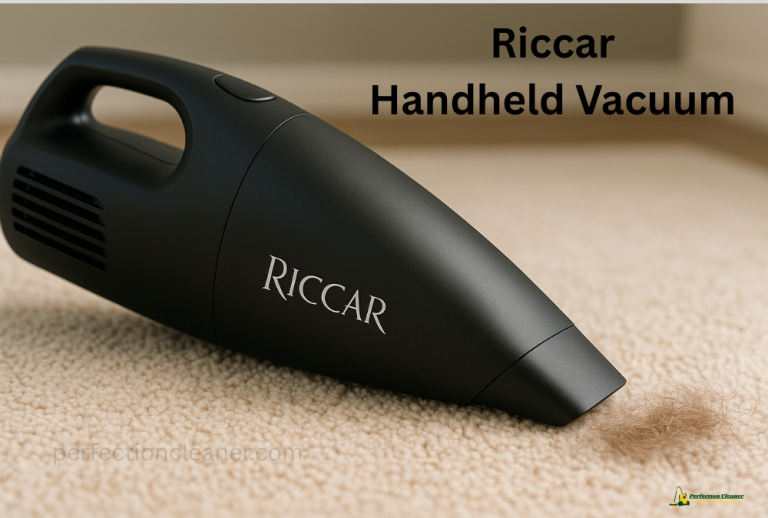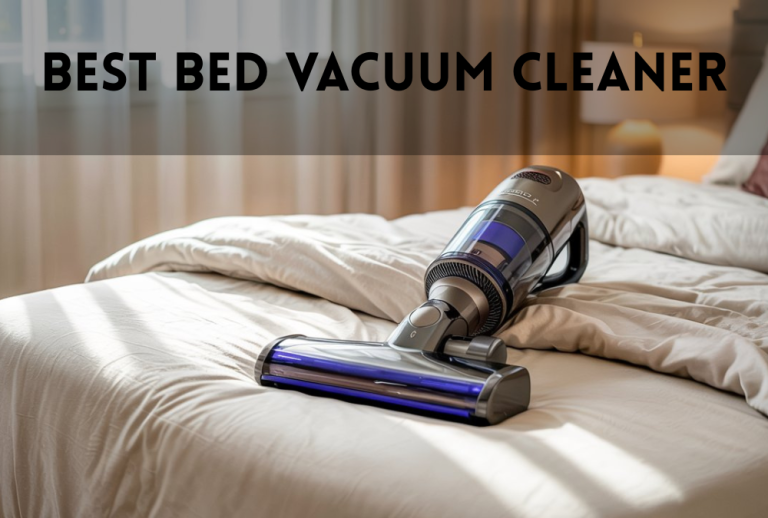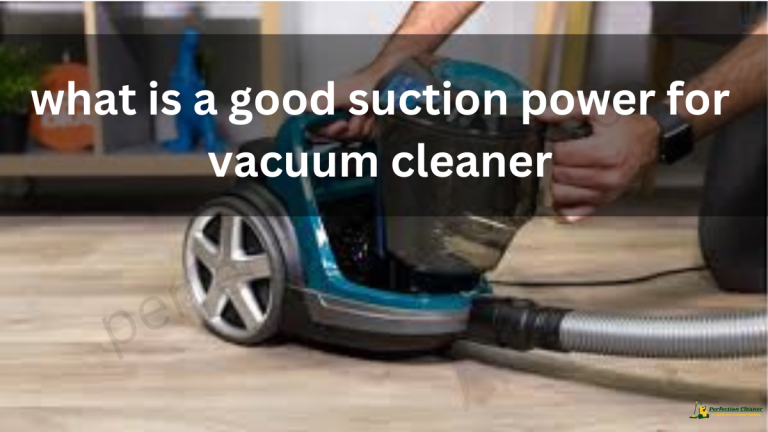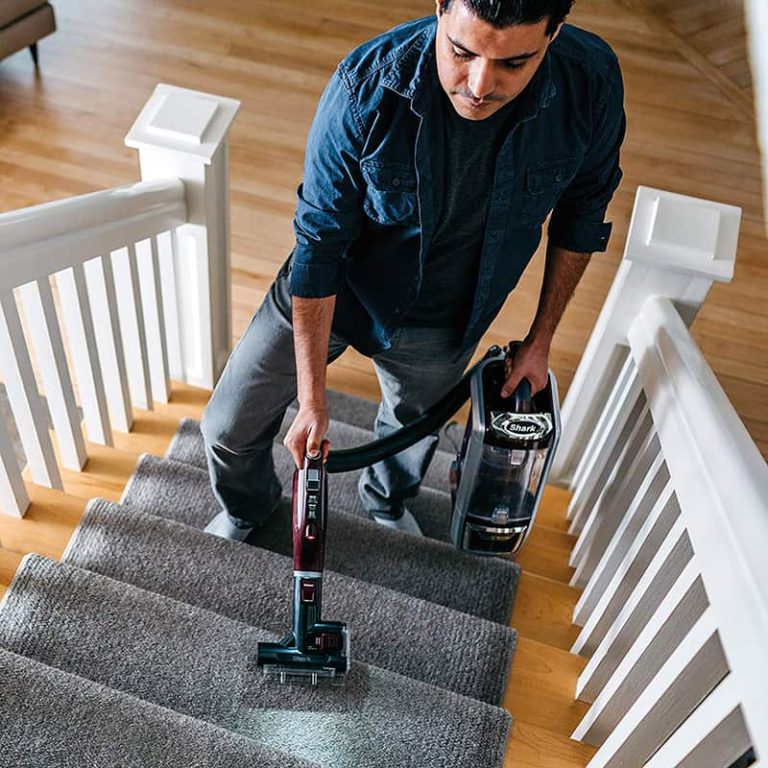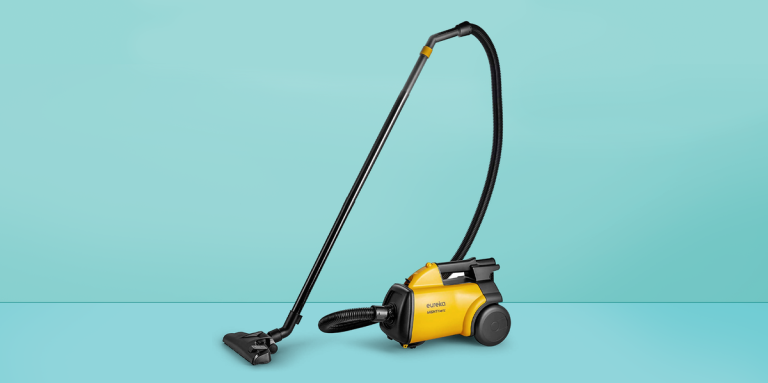Can You Vacuum a Wet Carpet? Everything You Need to Know
A wet carpet is every homeowner’s nightmare. Whether it’s caused by a flood, a heavy spill, a roof leak, or after a carpet shampoo session, a soaked carpet can cause lasting damage if not treated promptly. Wet carpets are more than just an inconvenience; they are a breeding ground for mould, mildew, bacteria, and unpleasant odours.
In such a scenario, a common question arises:
“Can you vacuum a wet carpet?”
The short answer: Yes, but only with the right equipment and technique.
In this blog, we’ll break down everything you need to know about vacuuming a wet carpet safely and effectively. We’ll cover equipment types, dangers of using the wrong vacuum, expert cleaning tips, drying strategies, and mould prevention.
Why Carpet Gets Wet
Carpets can get wet for several reasons, some minor and others severe:
- 🚰 Spilled liquids (e.g., water, juice, coffee)
- 🌧️ Flooding from rain, burst pipes, or appliances
- 💦 Excess moisture after carpet cleaning
- 🚽 Toilet overflow or bathroom leaks
- 🧼 Improper rinsing after shampooing
Regardless of the cause, water trapped in carpet fibres can quickly lead to long-term damage and health risks.

Can You Vacuum a Wet Carpet?
Yes, you can vacuum a wet carpet, but not with your regular vacuum cleaner.
To safely vacuum a wet carpet, you must use a wet/dry vacuum or a specialised extractor designed for liquids. These vacuums are equipped to handle moisture without electrical hazards or mechanical damage.
If the carpet is only damp, vacuuming might be possible with certain models, but for soaked carpets, a dry vacuum is not only ineffective but also dangerous.
Why You Should Never Use a Regular Vacuum
Using your standard vacuum on a wet carpet is a bad idea for several reasons:
❌ Electrical Shock
Regular vacuums are not waterproof. The combination of electricity and water can cause short circuits or even electrocution.
❌ Internal Damage
Wet dirt and water can enter the motor, leading to corrosion, blockage, and permanent failure.
❌ Ineffective Suction
Traditional vacuums are not designed to pick up water. You might end up spreading the moisture rather than removing it.
❌ Health and Fire Risks
The risk of mould spreading or the motor overheating could pose serious safety hazards.
⚠️ Important: If your carpet is visibly wet (you can feel the moisture or see it), never use a regular vacuum. It’s both unsafe and ineffective.

Best Equipment to Use – Wet/Dry Vacuum (Shop Vac)
A wet/dry vacuum, also known as a shop vac, is the best option for vacuuming a wet carpet. These vacuums are built for both liquid and solid debris and are commonly used in garages, workshops, and after flooding.
🔍 Features to Look For:
- Waterproof tank and filter
- Detachable hose and wet nozzle
- High suction power (at least 5 HP)
- Capacity of 5+ gallons
- Auto shut-off when full
Some modern carpet cleaners and extractors also come with built-in wet vacuum features.
Step-by-Step: How to Vacuum a Wet Carpet
Here’s a complete process to vacuum and dry your carpet correctly:
✅ Step 1: Identify the Water Source
Before starting, make sure the leak or flood has been completely stopped. Fix plumbing leaks or broken appliances.
✅ Step 2: Remove Furniture
Move furniture out of the room or lift it on risers to prevent wood or upholstery damage.
✅ Step 3: Blot Standing Water
Use thick towels, a mop, or a sponge to remove as much standing water as possible before vacuuming.
✅ Step 4: Set Up the Wet/Dry Vacuum
Attach the proper nozzle (squeegee or carpet attachment), plug in the vacuum, and begin suction.

✅ Step 5: Vacuum in Overlapping Passes
Start from one corner and slowly work your way across the room, overlapping each section.
✅ Step 6: Empty the Tank Frequently
As the tank fills up, stop and empty it before continuing.
✅ Step 7: Allow for Ventilation
Use ceiling fans, dehumidifiers, or open windows to promote air circulation.
Drying Your Carpet: Post-Vacuum Measures
Vacuuming is just one step. Fully drying your carpet prevents long-term issues like:
- Mold
- Odors
- Carpet discoloration
- Floorboard warping
🔧 Post-Cleaning Tips:
- 🌀 Place industrial fans to blow air directly across the surface.
- ☀️ Let natural sunlight in if possible. UV light kills bacteria.
- 💨 Use a dehumidifier to reduce humidity levels below 50%.
- 🔁 Flip carpet edges or pull back corners to dry underneath.
- 🧼 Sanitise with vinegar or hydrogen peroxide to kill bacteria.

Preventing Mould and Mildew Growth
Mould can start forming in just 24–48 hours. Prevention is crucial:
🌿 Mould Prevention Checklist:
- ✅ Dry carpet thoroughly within 24 hours
- ✅ Vacuum with a HEPA-filtered wet/dry vac
- ✅ Treat the area with an antimicrobial cleaner
- ✅ Use baking soda (after drying) to deodorise
- ✅ Keep pets and children away until fully dry
💡 Tip: Use an infrared thermometer or moisture meter to check carpet dryness.

When to Call a Professional
Sometimes, DIY isn’t enough. You should call a professional if:
- The carpet has been wet for more than 48 hours
- The water is from sewage or contaminated sources
- There’s a musty smell even after drying
- Your carpet padding or subfloor is saturated
- The wet area is larger than 15–20 square feet
Professional restoration companies use industrial equipment to extract water, kill mould, and dry subfloors and walls.
Comparison Table: Regular Vacuum vs. Wet/Dry Vacuum
| Feature | Regular Vacuum | Wet/Dry Vacuum (Shop Vac) |
|---|---|---|
| Handles water | ❌ No | ✅ Yes |
| Electrical hazard | ⚠️ High | ✅ Safe |
| Mold prevention | ❌ Poor | ✅ Effective |
| Carpet drying ability | ❌ Limited | ✅ Designed for it |
| Risk to motor | ❌ High | ✅ Low |
| Useful after floods/spills | ❌ Not suitable | ✅ Ideal |

Pro Cleaning Tips
Here are some tried-and-tested tips from cleaning experts:
- ✅ Always test cleaning solutions in an inconspicuous spot.
- ✅ Add a few drops of tea tree oil or lavender oil to your cleaner for a natural antifungal effect.
- ✅ Avoid using too much soap, as it leaves residue and holds moisture.
- ✅ Check the carpet pad if it’s soaked, it needs replacement.
- ✅ If the smell persists, steam clean after drying.
Common Mistakes to Avoid
Avoiding these mistakes will save your carpet and your health:
- ❌ Using a dry vacuum on wet carpet
- ❌ Leaving water sitting for more than 24 hours
- ❌ Skipping airflow after vacuuming
- ❌ Not removing furniture during cleanup
- ❌ Ignoring musty smells
Final Thoughts
So, can you vacuum a wet carpet?
Yes, but you must use a wet/dry vacuum, never a regular one. Acting quickly and using the correct method can save your carpet, subfloor, and indoor air quality.
Remember:
- Dry it fast
- Ventilate the room
- Sanitize thoroughly
- Monitor for mould
By following the right process and avoiding common mistakes, you can restore your carpet and prevent lasting damage. When in doubt, don’t hesitate to call a professional.
FAQs
Q1. Can I vacuum a damp carpet with a regular vacuum?
A: Slightly damp carpet may be okay, but it’s still risky. Always opt for a wet/dry vacuum.
Q2. How long does it take a wet carpet to dry completely?
A: 6–24 hours, depending on room ventilation, temperature, and humidity.
Q3. Can a wet carpet make you sick?
A: Yes. Mould and mildew can trigger respiratory issues, allergies, and infections.
Q4. Is baking soda good for drying carpet?
A: Baking soda absorbs odours but doesn’t dry the carpet. Use it after vacuuming and drying.
Q5. Should I pull the carpet up if it’s wet?
A: Only if water has soaked underneath or there’s no airflow. Otherwise, lifting edges is enough.


